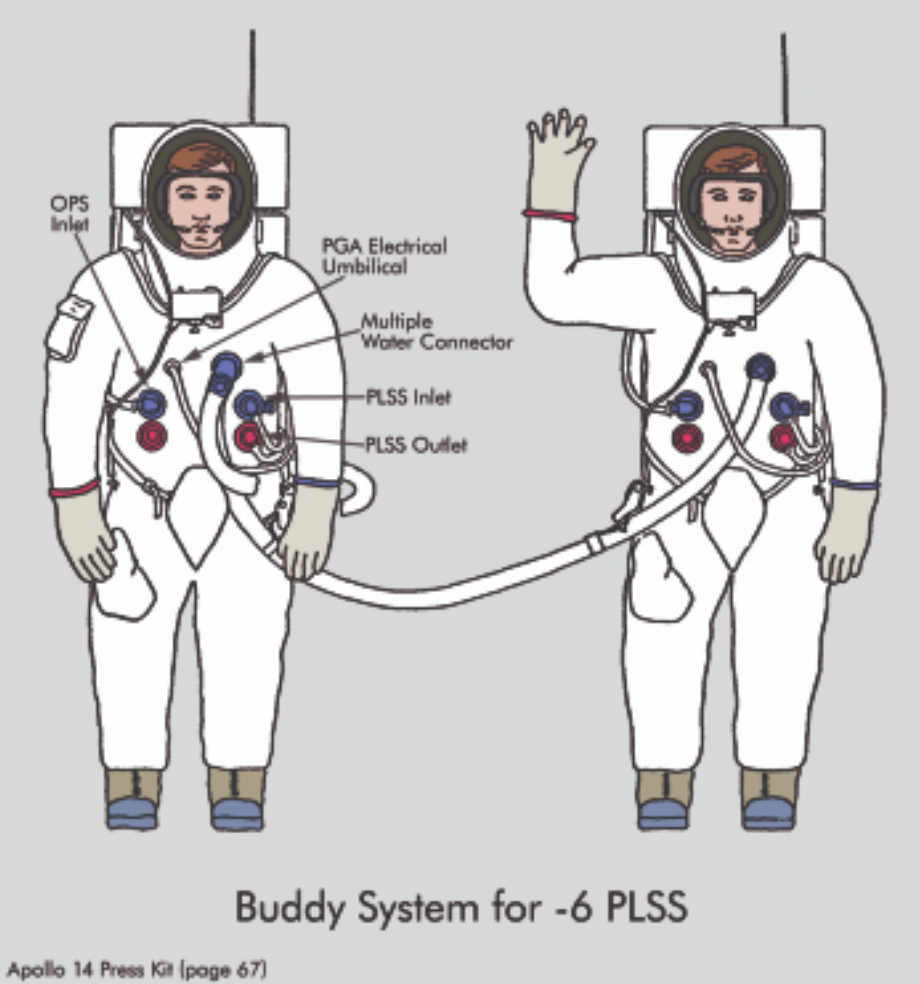Remotely Agile: The Buddy System


Over the last 10 years, while learning how agile methodologies can work in different industries and organizations, I also discovered how I could help distributed teams work as if they were face-to-face teams. So I am starting a series of posts where I hope to share some practical tips for those of you who lead distributed teams.
One of the biggest pitfalls in distributed teams is relying too much on tools. Don’t get me wrong. Tools are important for distributed teams, but I feel people rely too much on them. For instance, whenever I’m in a meeting and people bring up their favorite meeting/screen sharing tool and the conference call they act like they are done. They no longer have to worry about the remote participants. Having been in many such meetings over the last two decades, I can say that these are the most painful meetings you can have. You are letting your tool do the work that the entire group needs to own. As it says in the Agile Manifesto: Individuals and interactions over processes and tools. How can you improve the interactions between those in the room and those who are remote?
Use a Buddy System to Help the Location Independent (Remote)
What I prefer to do for a meeting when I have people in the room and a few remote people on the phone is to set up a “buddy system”. I usually say something like this at the opening of a meeting: “We have some of our colleagues on the phone and web meeting, and we don’t want them feeling forgotten or left out. I wonder if we could pair up during this meeting so that each person in the room could stay in touch with just one person remotely? Then, if you stay connected via your favorite chat software and keep an eye on it, the remote person can reach out to you with a question or a comment if they can’t break through on the phone line or web meeting.”
I never have had anyone turn down this request and I find it brings better interactions between people in the room and people on the phone. Instead of the remote folks being tuned out, they tend to engage more because they know they will be heard. If they miss something, they can speak up easily through their buddy. I’ll even ask the buddy to check in with them throughout the meeting. I usually find the buddy has already checked in with them a few times. They are looking out for each other and this transfers well outside of a meeting.
The Buddy System as Shared Facilitation
Also, I find it shares the facilitation responsibility. If you have the buddy system set up, it relieves some of the burden on you as the facilitator and it gives some ownership of the meeting to those in the role of buddy. Also, for the remote person, they now have two people looking out for them, you as facilitator and their buddy.
So give it a try and let me know how this works for you. I would enjoy hearing how the buddy system for remote meeting participants works for you.
